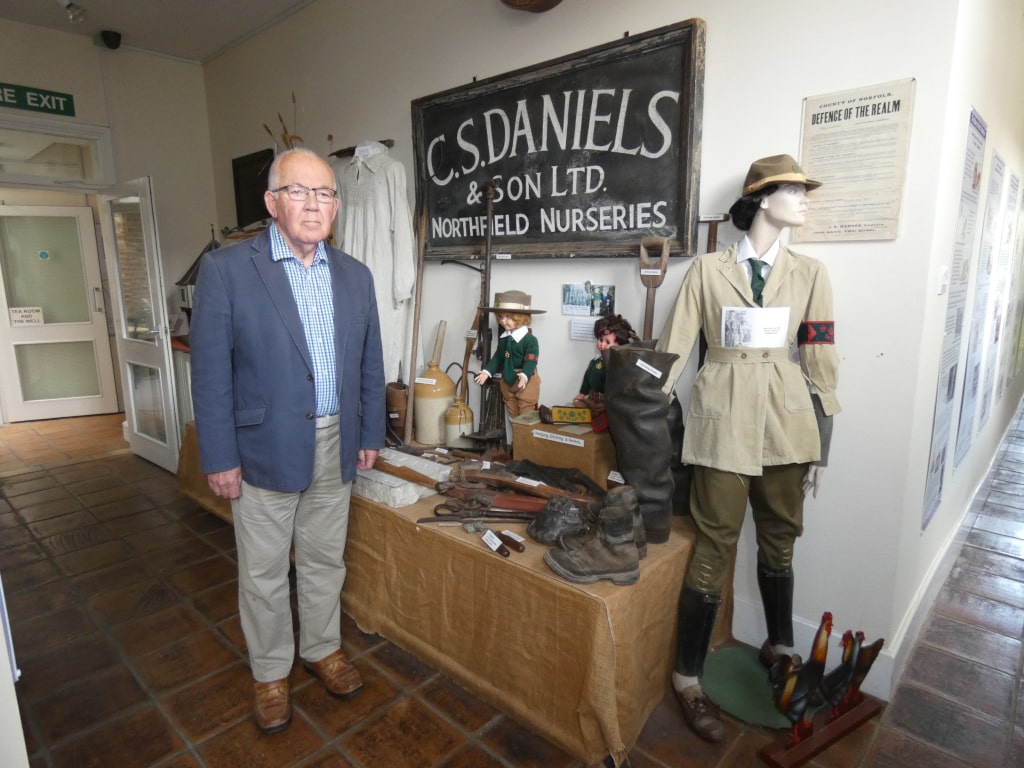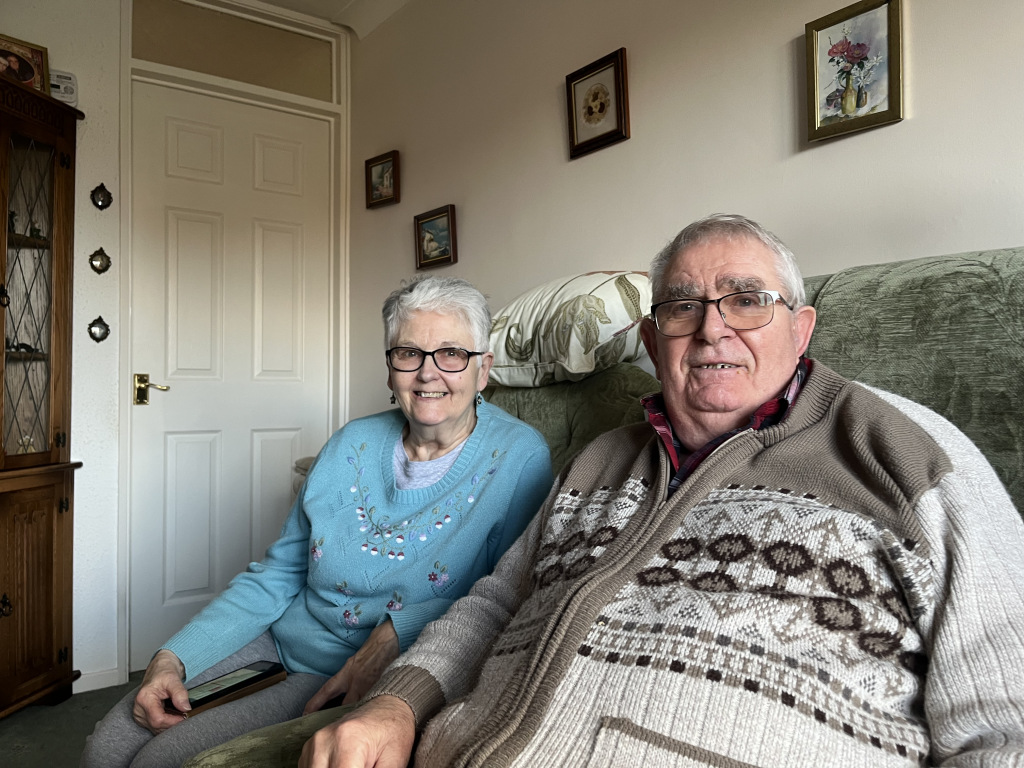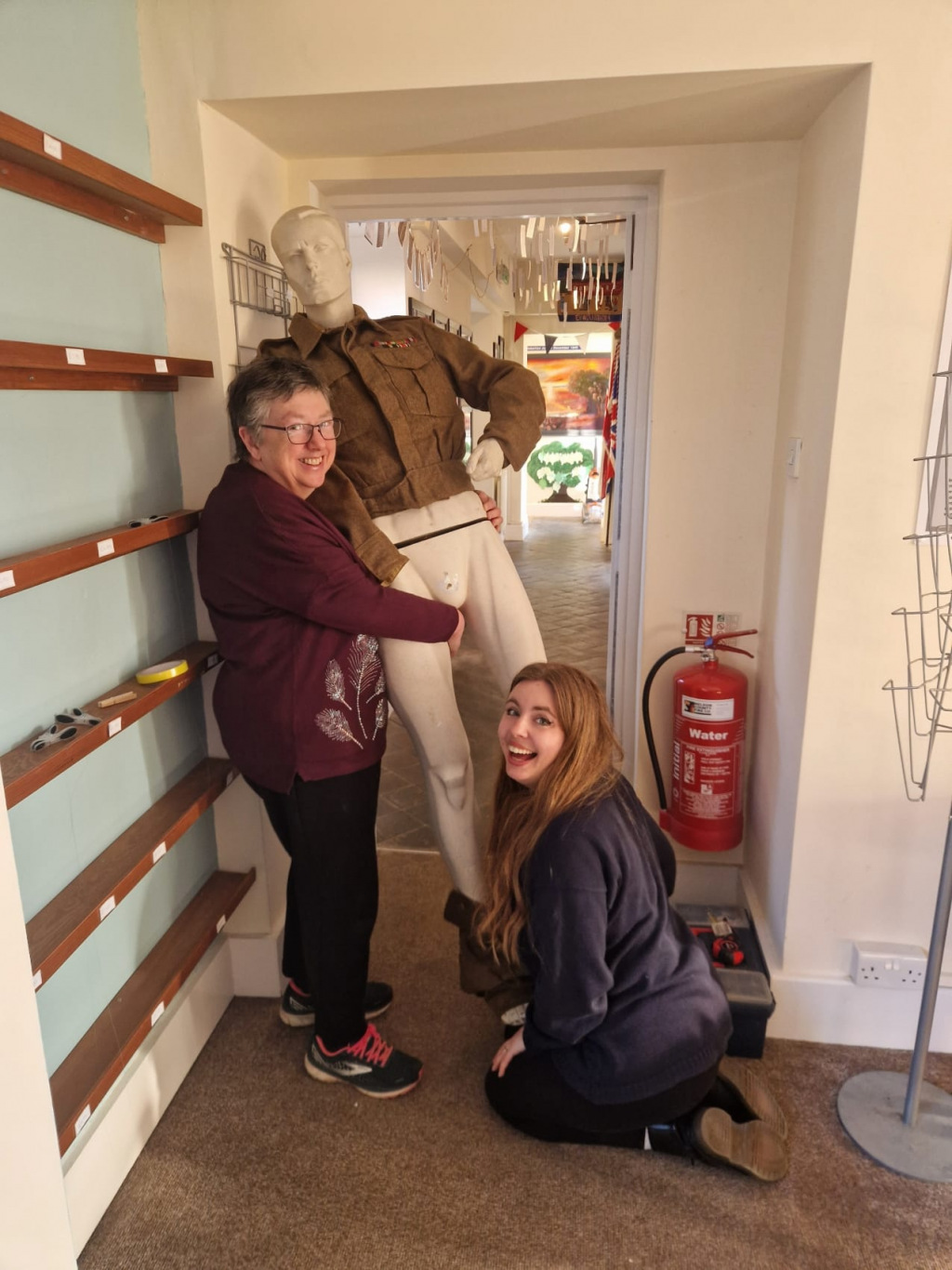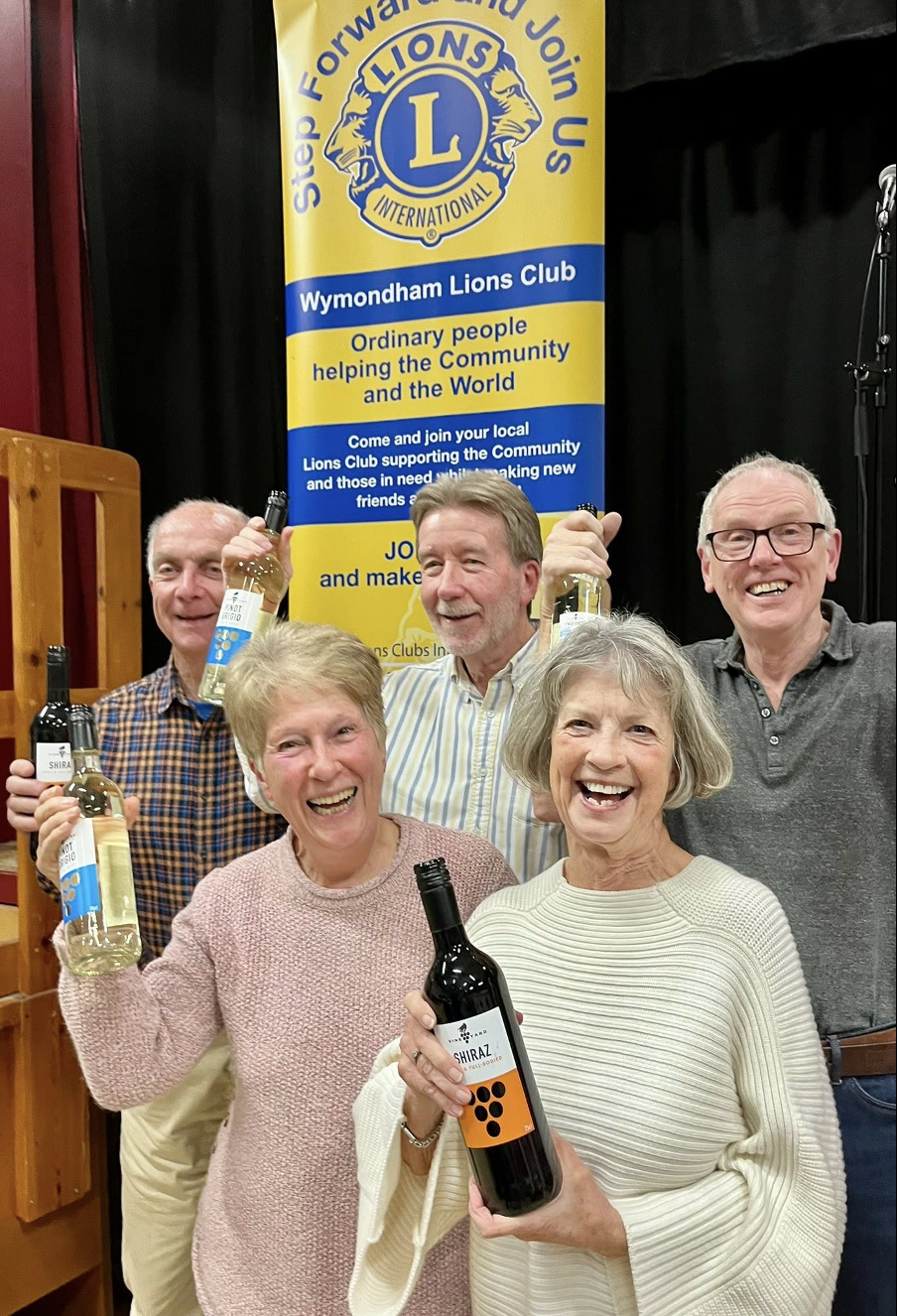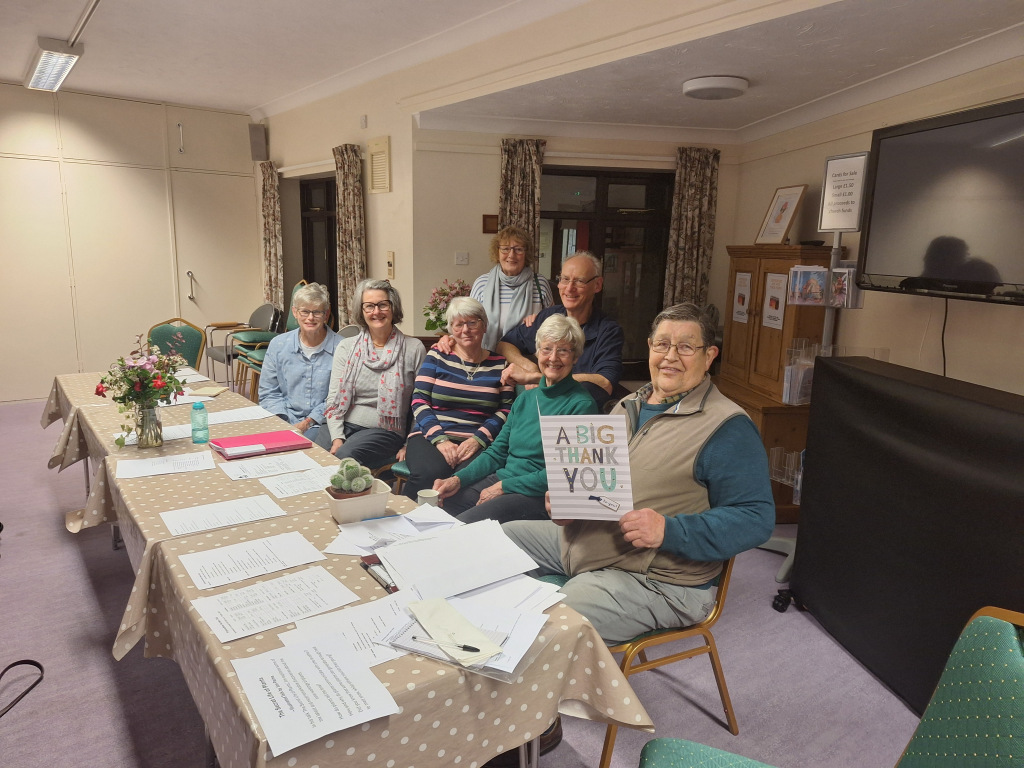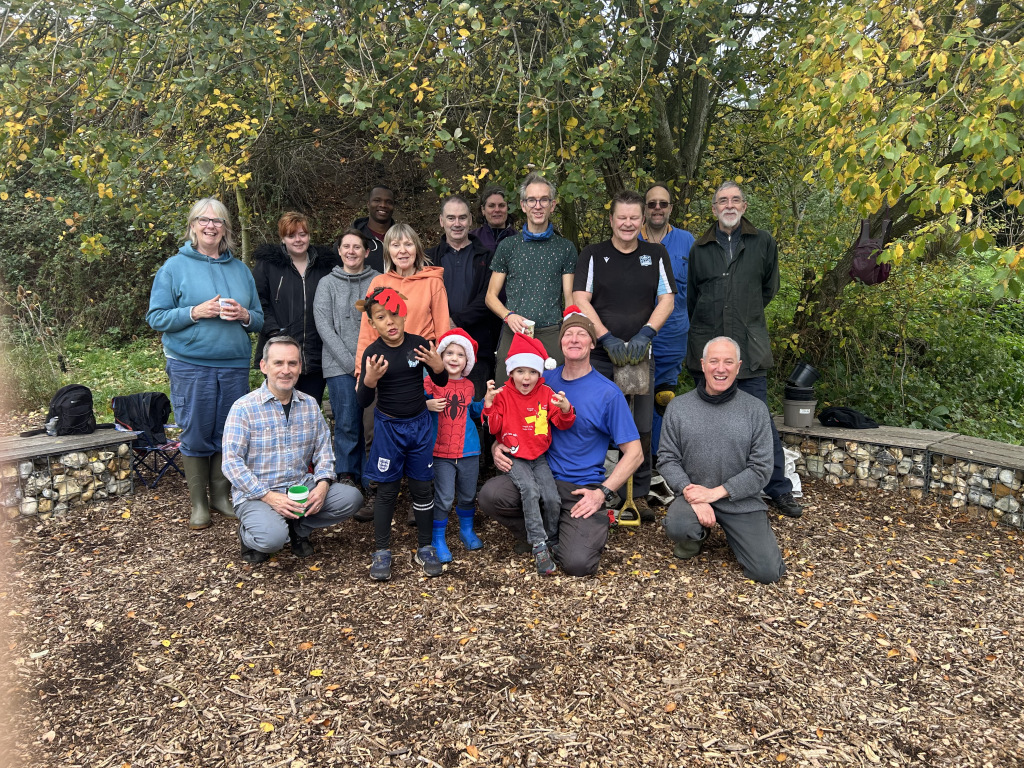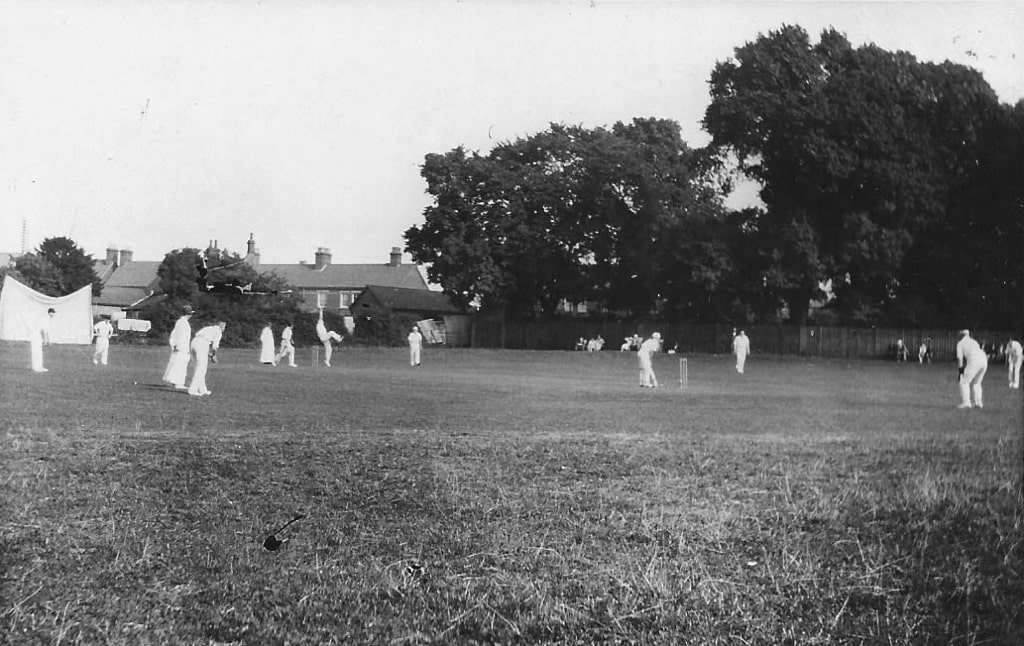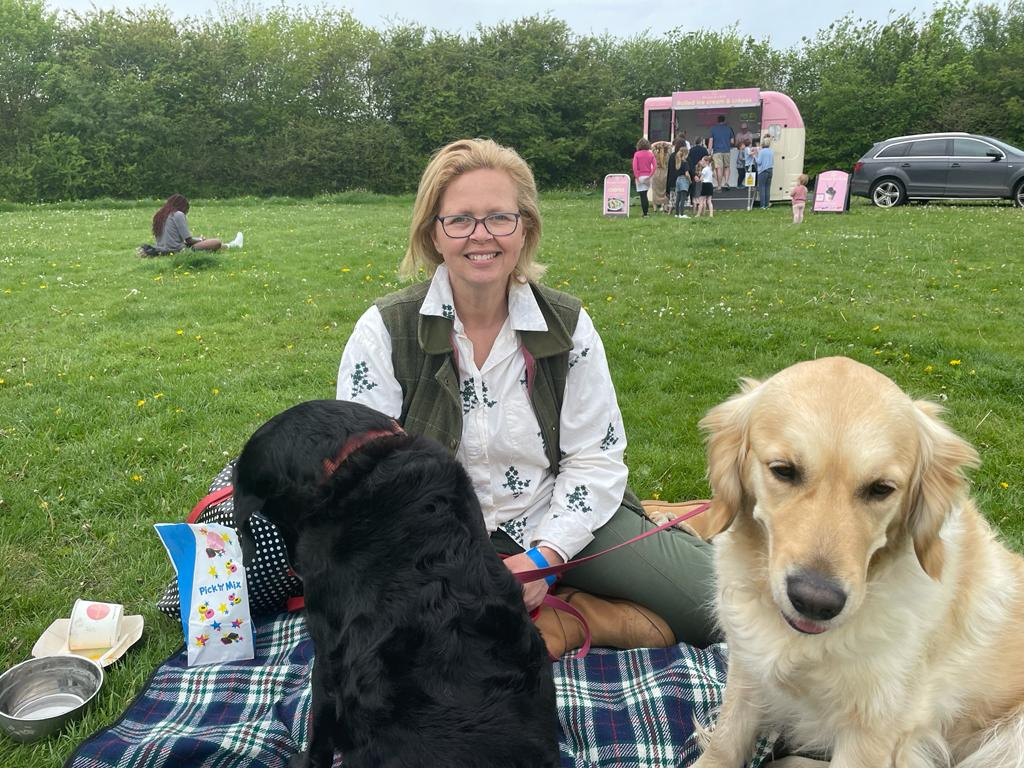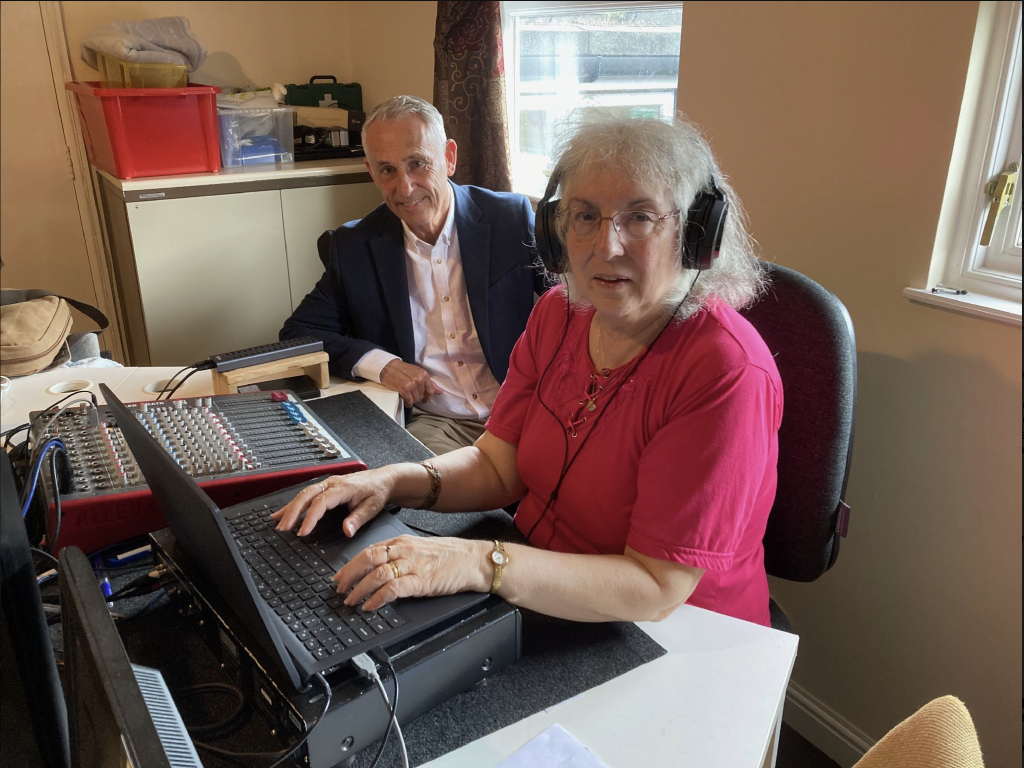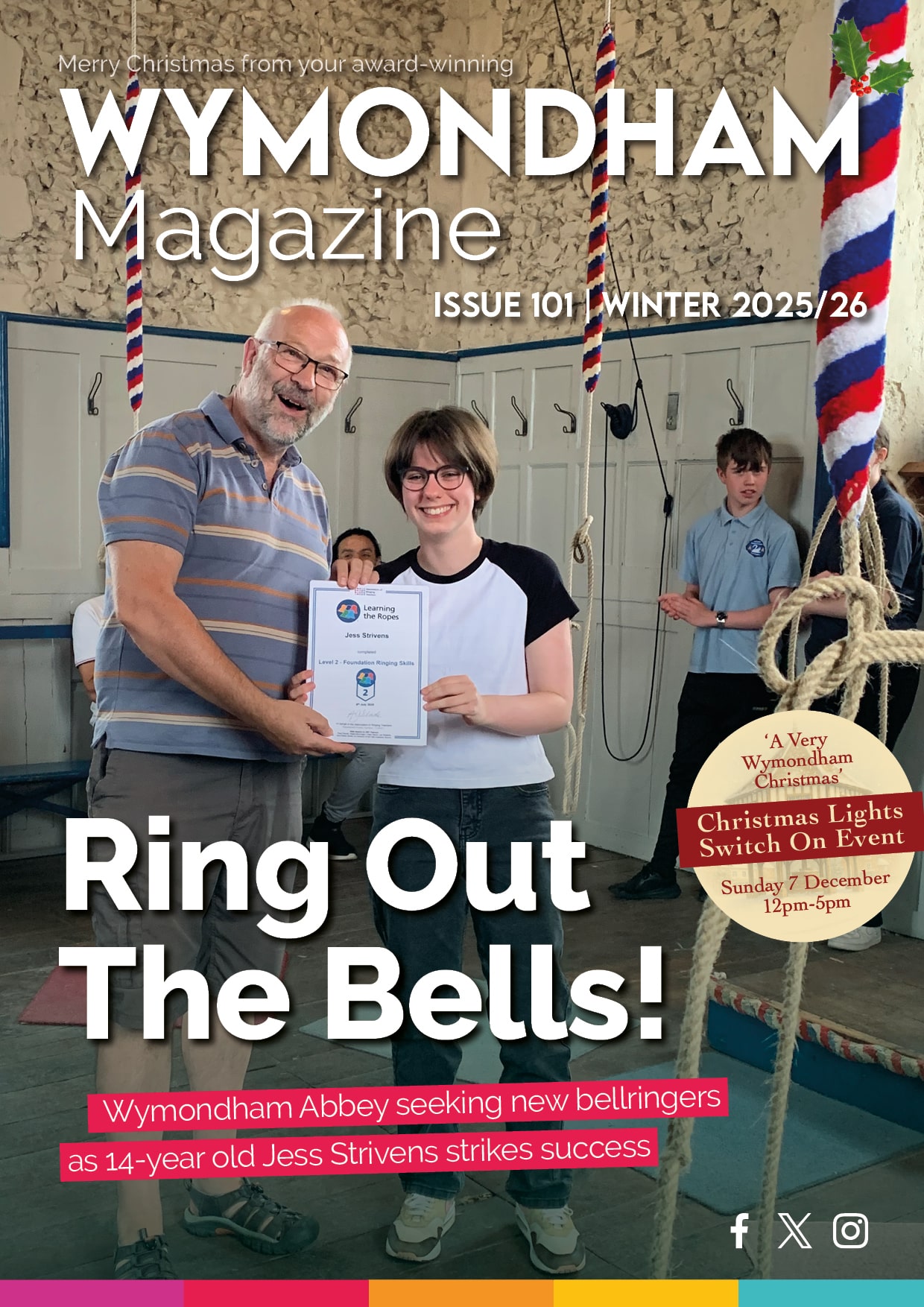For more than a century the Wymondham Bridewell was home to the local magistrates’ court. Petty sessions were held there from 1878 to 1992. Prior to this, on the first Tuesday of the month sessions were held at The White Hart in Hingham and on the third Tuesday at The King’s Head in Wymondham.
From 1832-78 The Bridewell was a women’s prison. When the prisoners moved out in 1878 the cells and first floor were demolished to create the Court House. The tall cast iron windows can still be seen. Alterations to the building in 1963 provided four court rooms that could be used simultaneously to deal with the court’s increased workload. In the early days, the magistrates were mainly local landowners, the income from their property qualifying them for the position. Legal advice came from the part-time clerk who was a practising solicitor.
From 1907 the income qualification was abolished and men from other walks of life became eligible. In 1925 Edwin Gooch, a blacksmith, was one of the first to reflect the change. In 1919 women were considered “competent” to be appointed as magistrates. Ethel Gooch, Edwin’s wife, joined the bench in 1946, the only example of a husband and wife being appointed to the Wymondham bench.
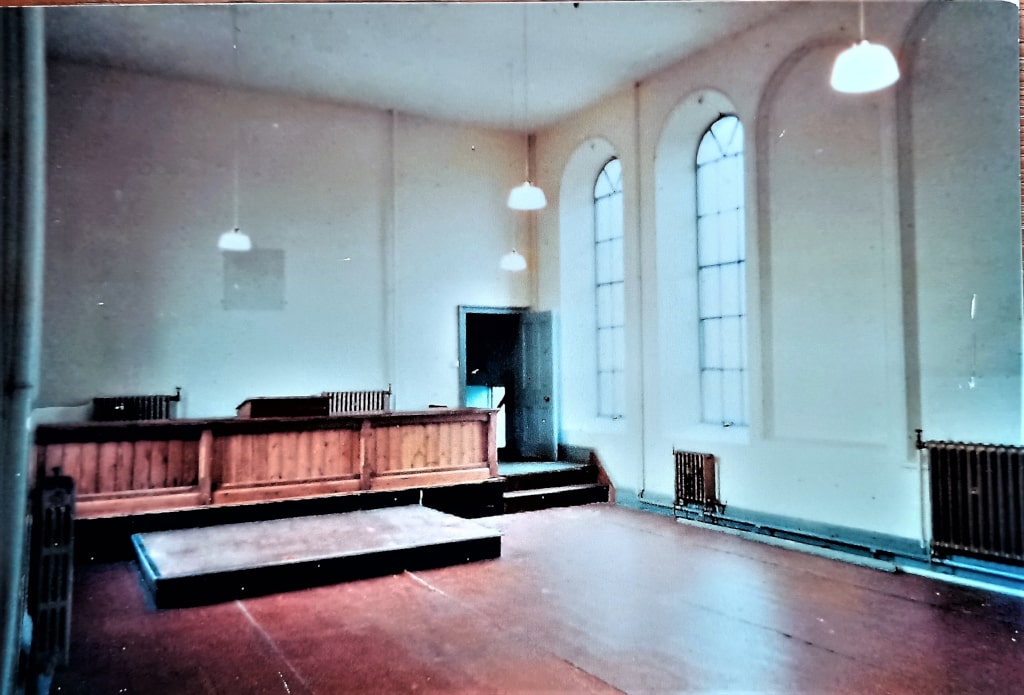
Reorganisation of Norfolk courts in the 1970s saw local courts such as Long Stratton and East Harling closed and sessions transferred to Wymondham. The part-time clerk’s role was gradually replaced by a full-time appointment.
It was during this period that former Norfolk coroner and mental health tribunal judge, William Armstrong, was a solicitor appearing regularly at the Wymondham Court House.
He says: “When I started to practise in 1972 there were over 20 courts in the county. There are now only three based at Norwich, Kings Lynn, and Great Yarmouth. In those days, before the Crown Prosecutions Service, the pace was a little gentler and not so much pressure. The magistrates were lay people, not lawyers, but they displayed common sense - although there were exceptions! Crucially they were local and knew their local communities. Each bench tended to have its own characters and quirks. The police would prosecute. Some were very good but they were not trained lawyers. We had a good relationship, there was respect. We now have full-time lawyers sitting as district judges as well as lay magistrates.
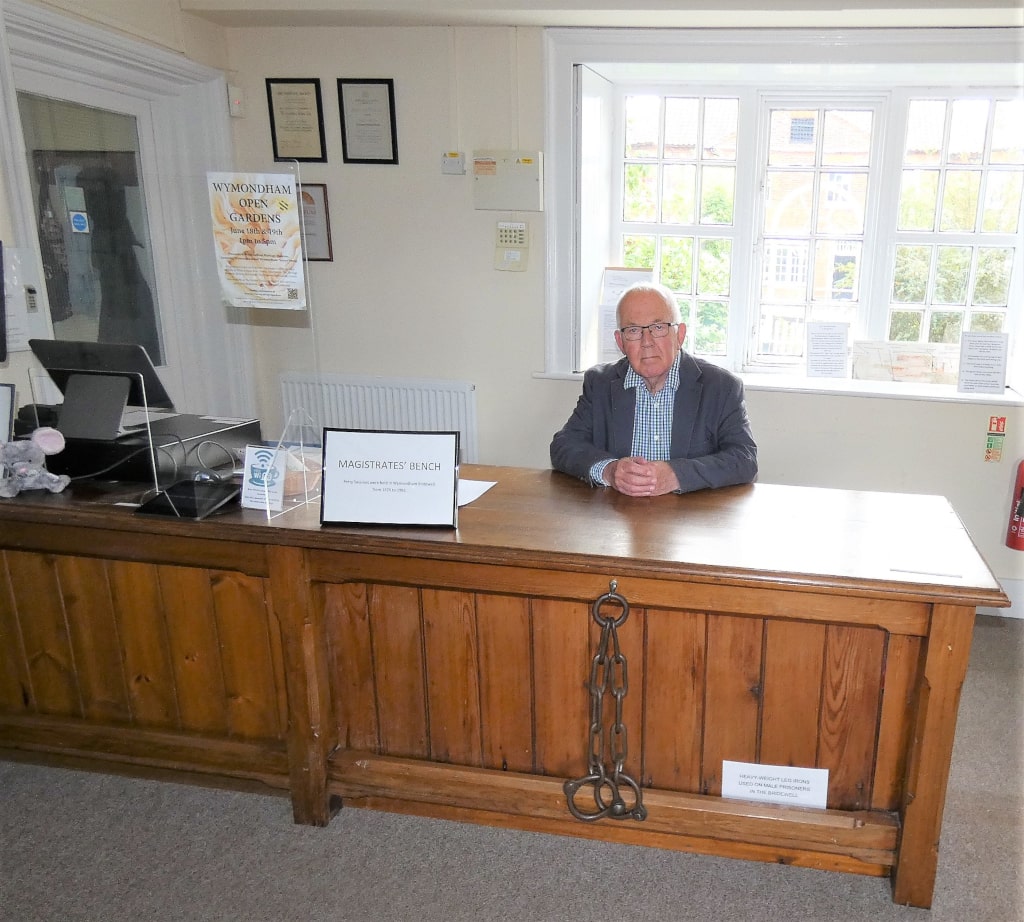
“I defended many of the local rogues. There was lots of petty theft, fights, shoplifting, poachers and a few objections to pub licences. A case William recalls was a client who was caught driving in thick fog without lights. “He was charged with driving without consideration to other road users. When the police gave evidence I asked what other cars were on the road. The officer said none but claimed my client had been reckless. “I said it didn’t matter, if there were no other cars on the road how could he be driving without consideration for other road users? I won! The law was wrong, the government had to change it.”
The final court was held at the Bridewell on January 31, 1992. The building then became derelict until Wymondham Heritage Society, with the aid of grants, bought it from Norfolk County Council in 1994. The Society undertook the conversion of the building to accommodate the Heritage Museum and a number of community and caring projects. The first floor was reinstated. The ground floor is now the museum’s main gallery. The magistrates’ bench now forms the counter for the museum’s reception. The Society then set up the Bridewell Preservation Trust to manage the building and safeguard its future.




